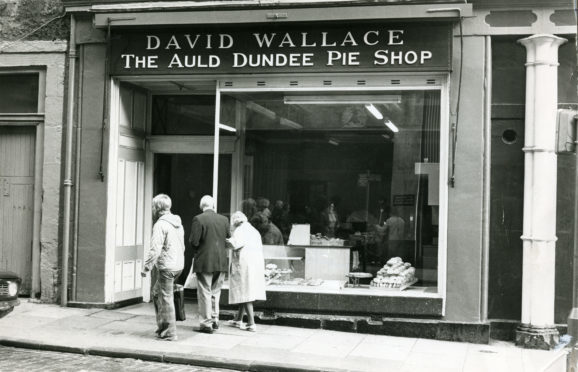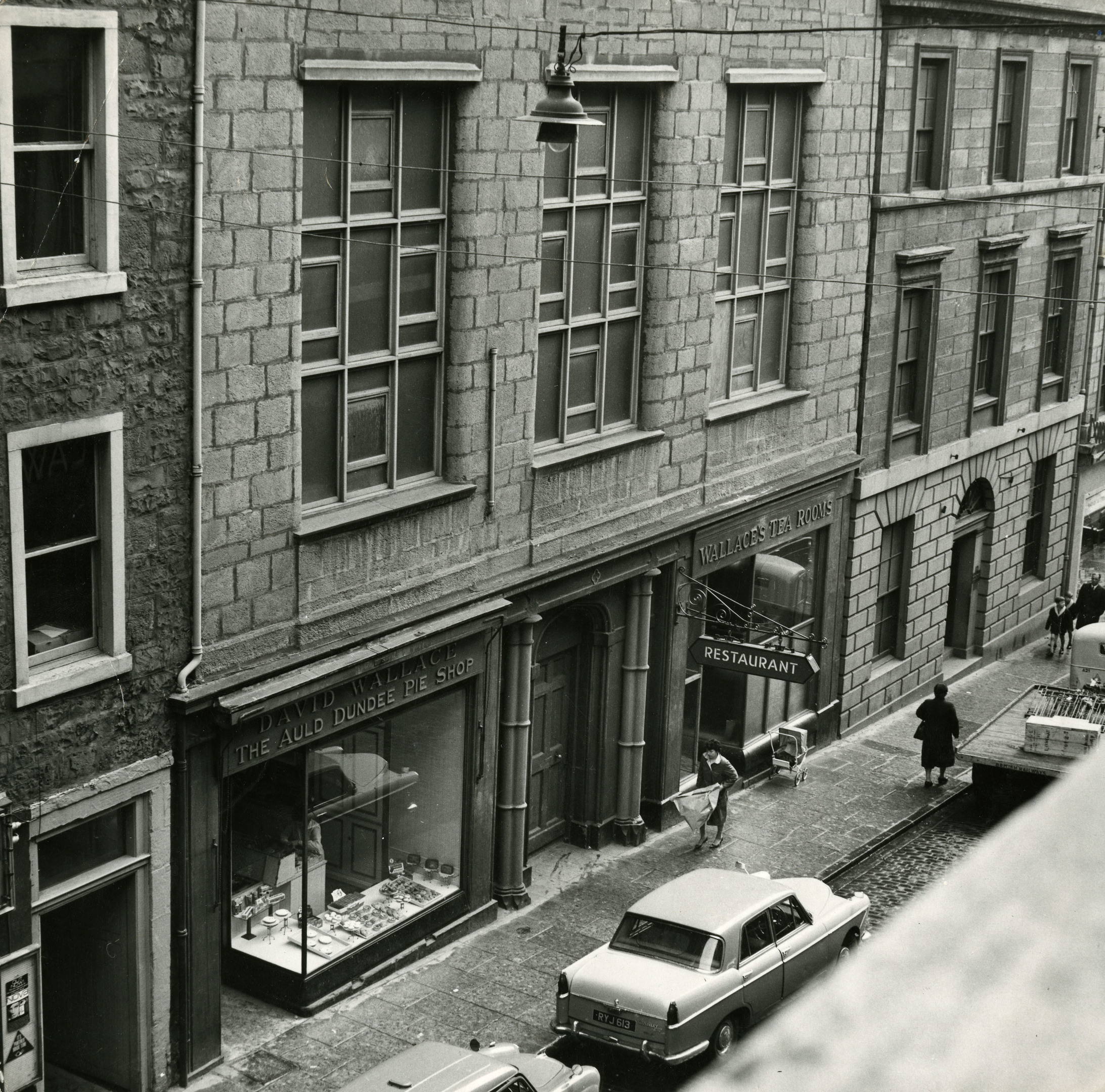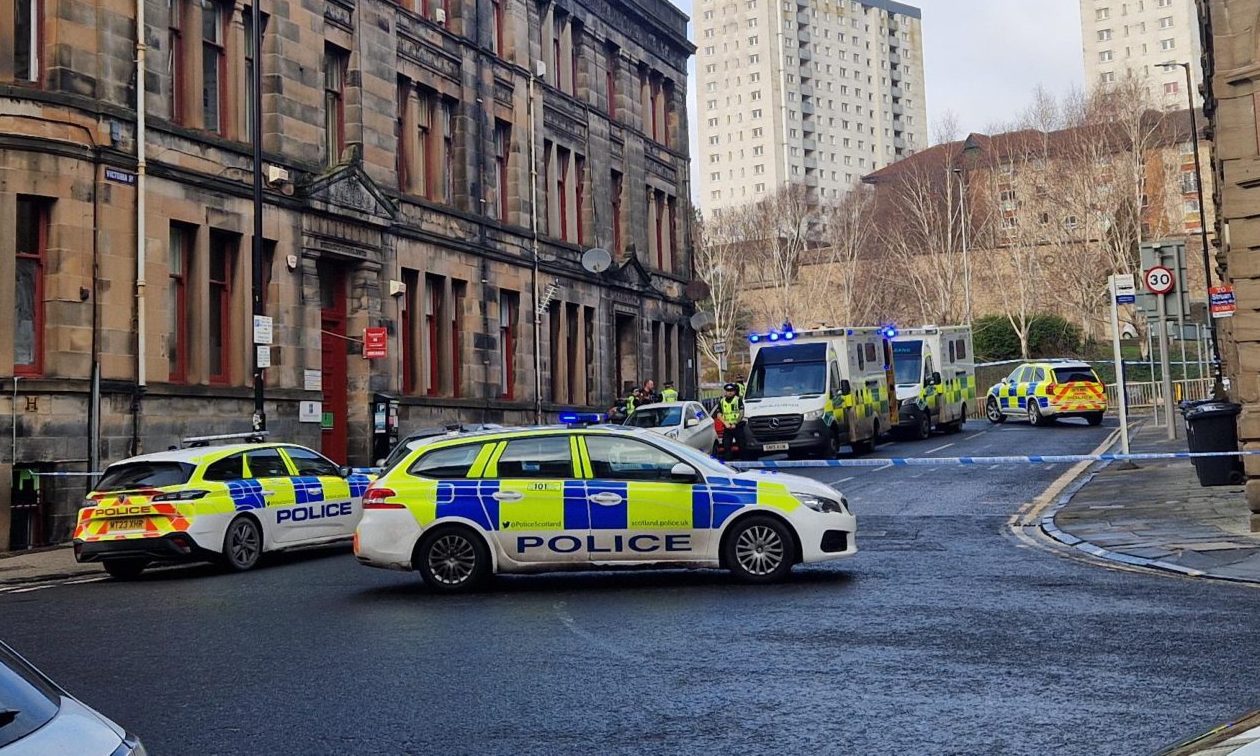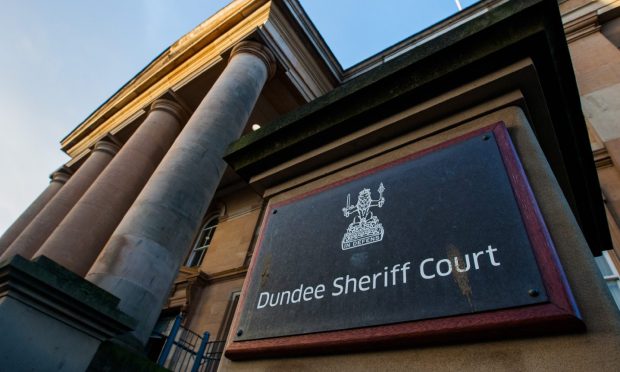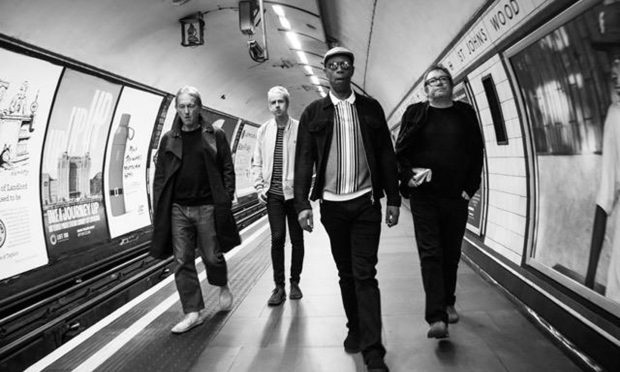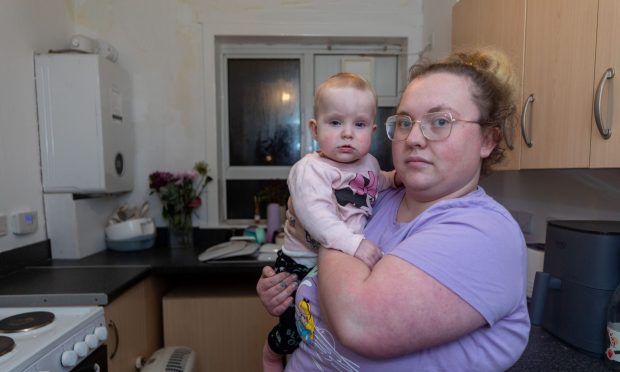A famous Dundee pie shop bakery left to rot for over 40 years is set to be transformed into a quirky new home.
The Auld Dundee Pie Shop at 18-20 Castle Street, which served up the famous Wallace Peh, was a household name in the city from the turn of the 20th century until it closed down in the late 1970’s.
Owned by David Wallace, it was once part of a number of pie shops run by the family, also featuring a restaurant named Wallace’s Tea Rooms.
Dundee-based Castle Development have now been granted planning permission to convert the C-Listed bakehouse at the back of the former shop and tearooms into a two-bedroom home.
The development will add to the ongoing conversion of the adjacent St Paul’s Church, which is being transformed from a pub into residential accommodation.
The business originally opened in 1892 in The Vault under The Caird Hall, an area now being converted into trendy restaurants such as the recently-opened Brassica.
In the early 1920s Mr Wallace moved to the building in Castle Street when The Vault was due for demolition, as the building was big enough to open the tearoom as well as the two-floor bakehouse.
During the Second World War it is reported the queues for pies and bridies used to stretch down to the bottom of the street as they were able to supplement the meat ration.
Now hidden from street view, the bakehouse has not been used since it closed 41 years ago in 1977. A pend between two shops allows access from the street, which then opens up into a large courtyard and the entrance to the bakery.
A design statement submitted by RDA Architects on behalf of Castle Development, says the history of the building will be incorporated.
It states: ” The proposals seek to highlight the historic elements on the replacement elevation highlighting the area from which the dilapidation began, visibly documenting the history of the site and ensuring the preservation of the remaining structure.
“The materials have been carefully considered against the context of the former bakery, it perceived history and gradual dilapidation and eventual demolition of its Western elevation.
“Vertical timber is proposed to the ground floor in place of the assumed historic timber cladding areas or most recently, plywood and door openings thus highlighting the ground floor’s history of iron columns with varied infills behind.
“A slate roof with conservation roof lights and a large glazed section over the inset are both proposed to reflect the historic roof as well as surrounding properties.”
